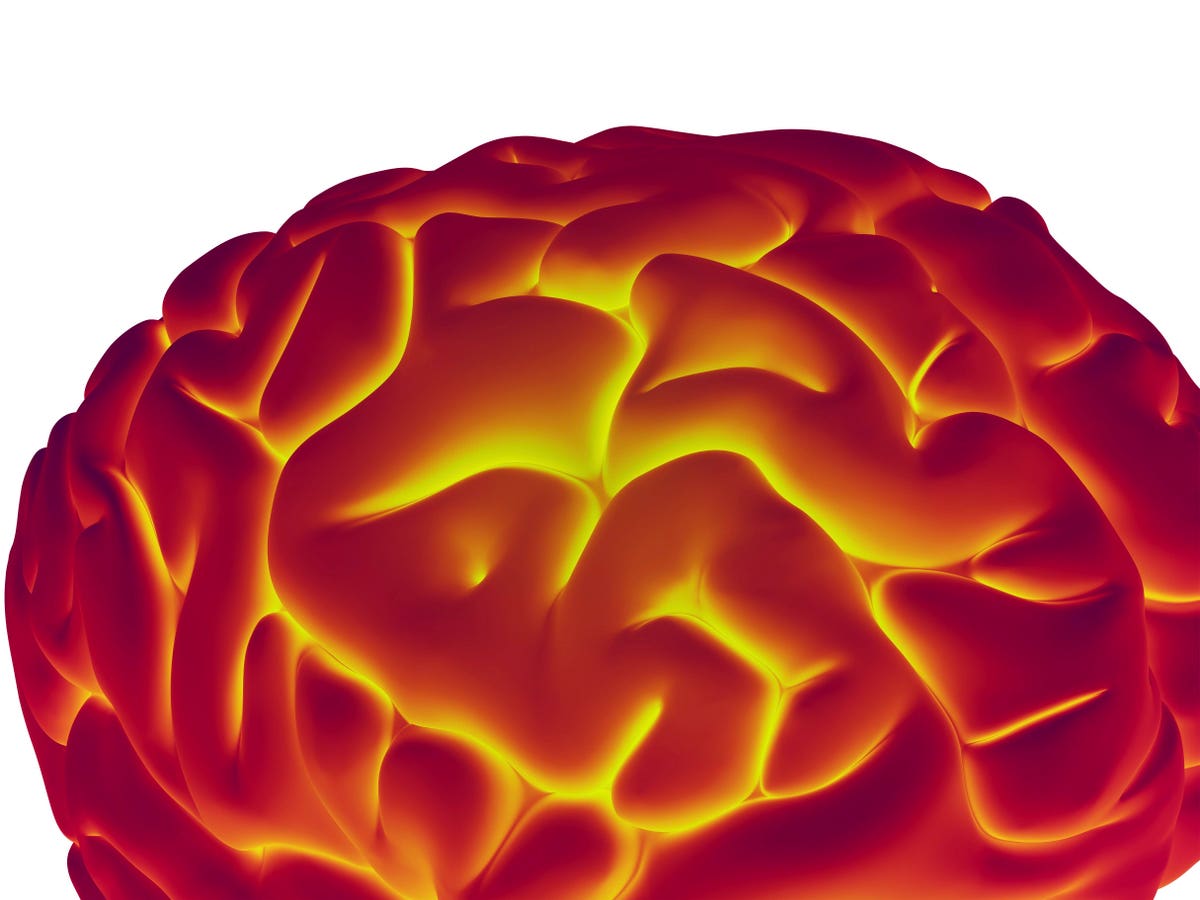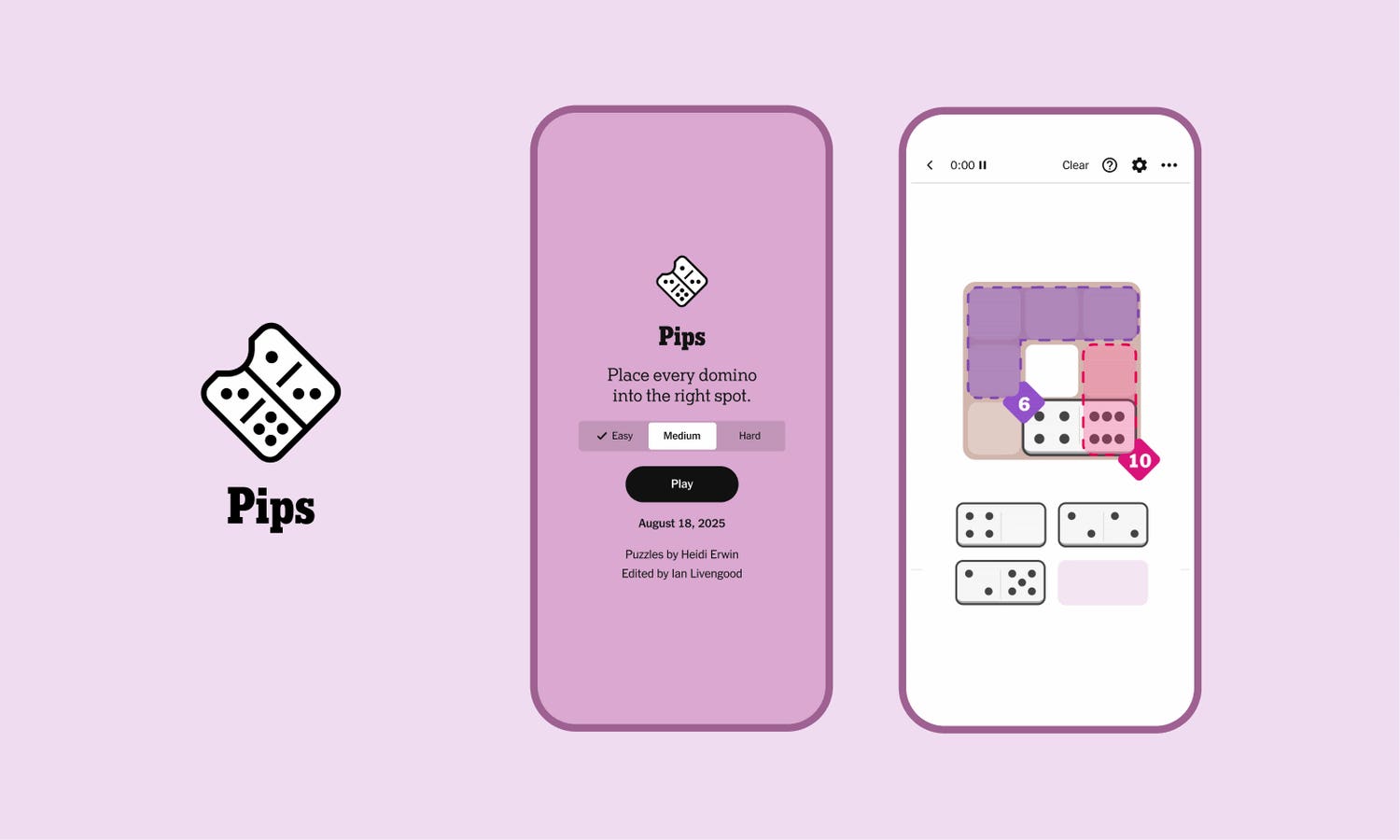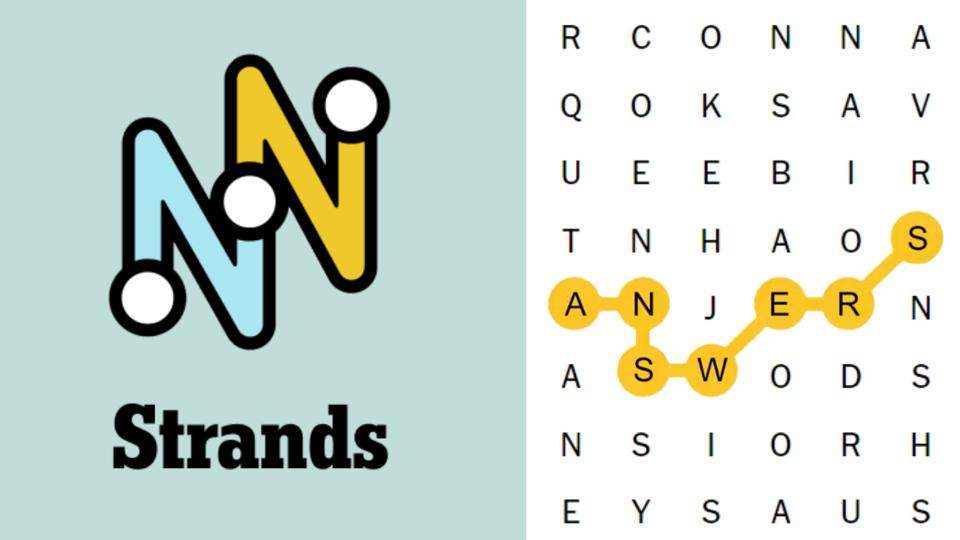Human brain, computer artwork.
getty
Watch a modern student tackle an assignment. She stares at her laptop, fingers poised over the keyboard, then types: “Write a 500-word essay analyzing the themes in Pride and prejudice.” Seconds later, paragraphs unfold across her screen, articulate, structured, persuasive. She reads, nods approvingly and submits. Mission accomplished?
Or consider her grandmother, decades earlier, hunched over a typewriter. She’d start a sentence, backspace, start again. Cross out entire paragraphs. Crumple pages and toss them in frustration. Hours later, emerging with ink-stained fingers and a hard-won understanding of her subject, she’d produced something entirely different: not just an essay, but a mind stretched by the effort of creation.
The difference isn’t just generational. It’s neurological. Those crumpled pages and false starts weren’t inefficiencies to be optimized away. They were the very mechanism by which understanding forms in the human brain. Today’s seamless AI assistance may be solving the wrong problem, trading the struggle that builds intelligence for the comfort of instant solutions.
The Dissolution Of Neural Manifolds
Our minds work like muscles, growing stronger through resistance and weaker through disuse. Looking at how learning actually happens in the brain, one discovers something that should make us pause. A new study shows that the neural pathways that support expertise, those intricate webs of connection that let a doctor diagnose at a glance or a writer craft the perfect sentence—form only through repeated struggle with difficult material.
Every time you work through a complex problem, your brain literally rewires itself, building neural manifolds, networks that store not just facts, but the relationships between them. These networks separate expertise from information recall. They’re what allow you to see patterns others miss, to make creative leaps, to know when something feels wrong even if you can’t immediately explain why.
(Un)fortunately these networks only form when we do the hard work ourselves. When AI does the heavy lifting, we miss the workout. Our brains begin to atrophy in areas we no longer use regularly. When people rely heavily on AI for writing tasks, their brains show measurably weaker connectivity patterns. Neural highways that once buzzed with activity are becoming quiet country roads, rarely traveled and slowly overgrown.
The Illusion Of Understanding
Our minds are prone to systematic errors — cognitive biases that lead us astray despite our best intentions. AI introduces a new category of mental trap: the illusion of competence. When an AI system produces a polished analysis or elegant solution, we experience fluency, feeling that we understand something because it feels familiar or easy to process. But cognitive fluency is a mental mirage that is dangerously misleading. Students who use AI tools extensively tend to overestimate their own knowledge, believing they’ve mastered material they’ve merely observed being processed by a machine. They experience a sort of pseudo-learning, the satisfying sensation of acquiring knowledge without the underlying neural changes that make that knowledge truly accessible.
This creates a feedback loop of dependence. Acute agency decay sets in as our internal models weaken, we become less capable of evaluating AI output, making us more likely to accept it uncritically, which further weakens our internal models. It’s a cognitive death spiral dressed up as technological progress.
The Double Literacy Solution
Instead of abandoning AI completely to avoid the risk – which would be like rejecting the printing press because it might make us forget how to write by hand, it is time to invest in double literacy: a holistic understanding of both how our own minds work and how AI systems function.
Think of it as cognitive bilingualism. Just as speaking two languages makes you better at both, mastering two forms of intelligence, natural and artificial, can make you more capable than either alone. But this requires intentional effort. Double literacy means understanding not just what AI can do, but what it should do, when.
The goal isn’t to compete with AI at its own game, processing gigantic amounts of information quickly, but to complement it with uniquely human capabilities: contextual judgment, creative synthesis, ethical reasoning and the ability to ask the right questions in the first place.
Rethinking Education For The AI Age
Our educational systems, designed for a pre-digital world, are vulnerable to deepening the hybrid cognitive trap. The World Economic Forum has noted that AI should develop rather than replace critical thinking skills, but many institutions are inadvertently doing the opposite.
Rather than going all-in on AI literacy, the question is to calibrate deliberate exposure to mental challenges that build resistance to intellectual dependency. This means designing curricula that force students to grapple with complexity before introducing AI assistance. Like a vaccine that exposes the immune system to weakened pathogens, human minds need controlled exposure to cognitive difficulty to build resilience.
Timing matters. Cognitive architecture built in youth provides the scaffolding for a lifetime of learning. Hence children who develop strong foundational skills early are better equipped to use AI tools beneficially later.
Education for a hybrid age means recognizing that Nietzsche’s saying “what does not kill us make us stronger” – holds some truth in the context of learning. Some kinds of difficulty are essential for mental development, just as physical resistance is essential for building muscle. Our brains evolve against friction, which means challenges that are difficult enough to promote growth but not so overwhelming as to cause surrender.
The Hybrid Intelligence Imperative
The future belongs neither to pure human intelligence nor to pure artificial intelligence, but to their thoughtful integration. This hybrid intelligence emerges when strong human cognitive foundations meet sophisticated AI capabilities. It’s the difference between using GPS as a crutch that makes you geographically helpless versus using it as a tool that enhances your spatial reasoning.
Consider how chess evolved after computers became unbeatable at the game. Rather than abandoning chess, players learned to work with AI in “centaur chess,” where human intuition guides artificial calculation. The result isn’t just additive—it’s transformative. The best human-AI teams routinely outperform either humans or AI alone.
This model points toward a broader principle: AI works best when it amplifies rather than replaces human cognitive strengths. But this requires humans to maintain and develop those strengths in the first place. When people understand their own thinking processes, they become much more effective at directing and evaluating AI assistance.
The A-Frame: Our Cognitive Compass
To navigate this landscape without losing our intellectual bearings, consider the A-Frame approach—four practices that preserve cognitive agency in an AI-saturated world:
Awareness begins with honest self-assessment. Notice when you’re thinking hard versus when you’re simply consuming processed thoughts. Pay attention to the quality of your mental effort. Are you wrestling with ideas or merely watching them unfold? The goal is to develop what psychologists call “metacognitive awareness”—thinking about thinking itself.
Appreciation means valuing the struggle of learning, not despite its difficulty but because of it. This runs counter to our efficiency-obsessed culture, which often treats mental effort as a problem to be solved rather than a process to be embraced. Remember that cognitive difficulty often signals growth, just as physical soreness after exercise indicates muscle development.
Acceptance involves acknowledging that there are no shortcuts to genuine understanding. The neural networks that support expertise take time to develop and require sustained engagement with challenging material. This means accepting temporary inefficiency in service of long-term capability—choosing the harder path because it leads somewhere more valuable.
Accountability requires taking personal responsibility for your cognitive development. This means regularly assessing your thinking skills, consciously choosing when to engage versus delegate mental tasks, and maintaining practices that keep your mind sharp. Think of it as cognitive fitness—something that requires ongoing attention and effort.
Paradox Of Perfection
The moment we perfect our tools, they begin to imperfect us.
Consider the violin. After centuries of refinement, it became capable of producing sounds of transcendent beauty. Still, the violin didn’t make violinists obsolete. It made better violinists necessary. The more sophisticated the instrument, the more sophisticated the musician needed to become to truly master it.
AI presents us seemingly with the opposite dynamic. As our cognitive tools become more sophisticated, they risk making us less so. The very perfection of AI’s output creates an illusion that we’ve become better thinkers, when in fact we may be becoming better consumers of thinking done by something else.
The future needs minds that can dance with machines, not minds that surrender to them. But first, we need to understand exactly what we’re in danger of losing — and why some struggles are worth preserving.








